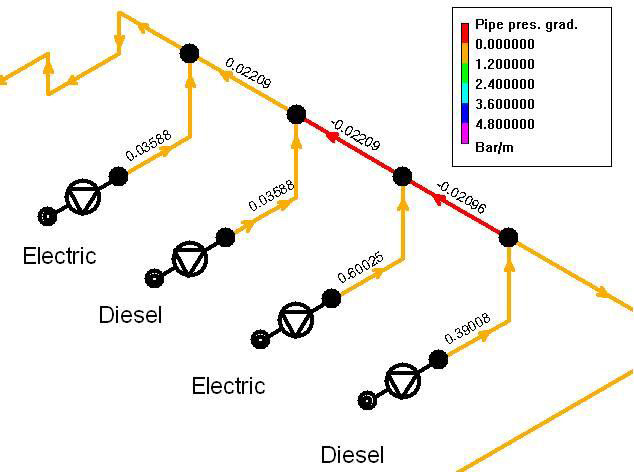

The €170m contract included design, construction and commissioning of the plant. KMC awarded the contract to build the turnkey dual-fuel (gas/oil) plant to Alstom. In the Juron project, they operate in a 2x2x1 arrangement to generate 500MW. They have 53.1% combined cycle efficiency if matched with a dual pressure water/steam cycle configuration (with two gas turbines and one steam turbine). M configuration (performance optimised) types feature an ISO performance rating of 172.1MW at 36.4% simple cycle efficiency on natural gas. New GT13E2 turbines incorporate further technical enhancements. Some 70 units in commercial operation have now accumulated more than two million operating hours. These modifications yielded a GT output of some 165MW and combined cycle efficiency values of more than 53% (triple pressure configuration). The resulting improvement in hot gas temperature distribution raised the turbine inlet temperature, increasing the compressor pressure ratio from 13.9:1 to 14.6:1.

The new design uses Alstom’s EV (EnVironmental) dry-low NOx burner with annular combustor to replace the GT13E’s single, top-mounted ‘silo’ combustor. This engine retains the fundamental aerodynamic and mechanical design features of the GT13E as well as many of its parts.

The need for higher thermal efficiency and dry-low NOx technology with emissions below 25ppm led to the development of the GT13E2 in 1991. “The project provides utilities like steam, fire-fighting water, cooling water and pipe corridor services (Pipenet) to consumers on Jurong Island.” A single ‘silo’ type combustor with a large single burner provided for a rugged and flexible engine, which is still in service today.

The rotor itself was welded from a number of forged disks, resulting in a stiff and maintenance-free design with a long lifetime. Compressor and turbine sections were arranged on one common rotor with journal bearings. The first GT13E turbine, commissioned in 1987, used a 21-stage compressor and a five-stage turbine, both with low-stage loading. It is fuelled by imported natural gas, with auto-switchover to diesel standby firing. The project provides utilities like steam, firefighting water, cooling water and pipe corridor services (Pipenet) to consumers on Jurong Island. The plant is operated by Keppel Merlimau Cogen (KMC) that was specially formed to develop, build, own and operate the plant. The $525m plant is located in the Tembusu sector of Jurong Island, close to several potential customers.Ĭonstruction of the plant started in March 2005 and commissioning took place in 2007. The 500MW combined-cycle plant on Jurong Island supplies power to the Singaporean network.


 0 kommentar(er)
0 kommentar(er)
